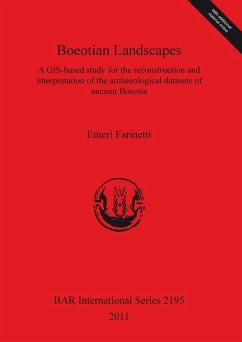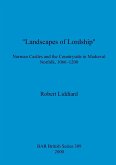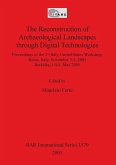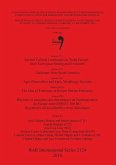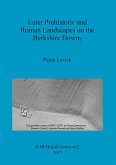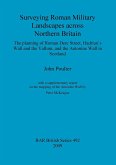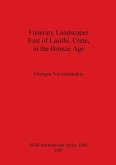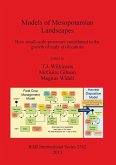The aim of this research is to illustrate a possible way of dealing with a regional landscape and its long-term settlement history based on the integration of archaeological data applying a GIS based approach to the social dimension of the landscape. Thelarge province area (ca 2,500 sqkm) of Boeotia (Central Greece) is examined by means of GIS (Geographical Information System), processing data from different archaeological, historical and environmental sources. The methodology established, dealing jointly with material culture and the environment, follows a critical comparative regional approach and opts for both region and micro-regions as the analytical unit. It aims mainly to assess landscape characters and the interface between human and social actions and landscape by critically assessing, first of all, the available archaeological record constituted by diverse, variegate and often incoherent data sets. The main periods of interest are the historical periods from Archaic to Late Roman, while earlier (Neolithic to Geometric) and later periods are taken into account for the analysis and understanding of diachronical processes which took place at the microregional and regional levels.
Hinweis: Dieser Artikel kann nur an eine deutsche Lieferadresse ausgeliefert werden.
Hinweis: Dieser Artikel kann nur an eine deutsche Lieferadresse ausgeliefert werden.

